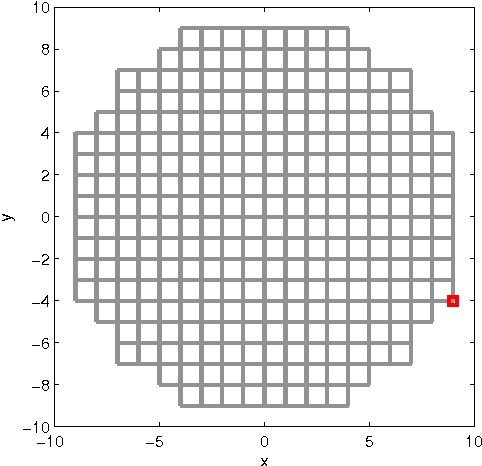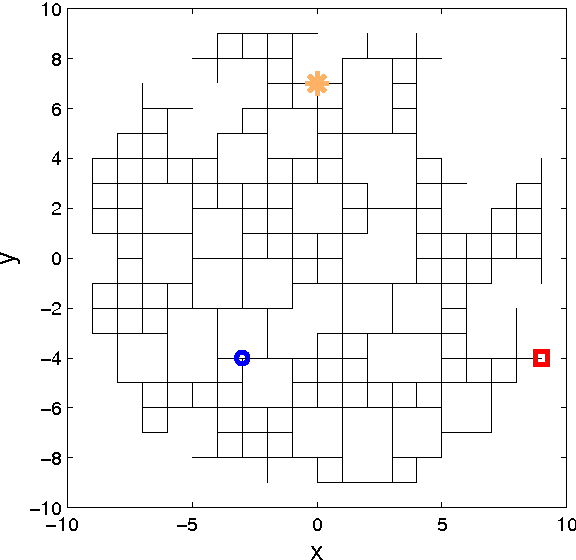Andrew Walker
Adaptive Domain Generalization for Digital Pathology Images
May 09, 2023



Abstract:In AI-based histopathology, domain shifts are common and well-studied. However, this research focuses on stain and scanner variations, which do not show the full picture -- shifts may be combinations of other shifts, or "invisible" shifts that are not obvious but still damage performance of machine learning models. Furthermore, it is important for models to generalize to these shifts without expensive or scarce annotations, especially in the histopathology space and if wanting to deploy models on a larger scale. Thus, there is a need for "reactive" domain generalization techniques: ones that adapt to domain shifts at test-time rather than requiring predictions of or examples of the shifts at training time. We conduct a literature review and introduce techniques that react to domain shifts rather than requiring a prediction of them in advance. We investigate test time training, a technique for domain generalization that adapts model parameters at test-time through optimization of a secondary self-supervised task.
Magnetoresistive RAM for error resilient XNOR-Nets
May 24, 2019



Abstract:We trained three Binarized Convolutional Neural Network architectures (LeNet-4, Network-In-Network, AlexNet) on a variety of datasets (MNIST, CIFAR-10, CIFAR-100, extended SVHN, ImageNet) using error-prone activations and tested them without errors to study the resilience of the training process. With the exception of the AlexNet when trained on the ImageNet dataset, we found that Bit Error Rates of a few percent during training do not degrade the test accuracy. Furthermore, by training the AlexNet on progressively smaller subsets of ImageNet classes, we observed increasing tolerance to activation errors. The ability to operate with high BERs is critical for reducing power consumption in existing hardware and for facilitating emerging memory technologies. We discuss how operating at moderate BER can enable Magnetoresistive RAM with higher endurance, speed and density.
Autonomous search for a diffusive source in an unknown environment
Jun 07, 2013



Abstract:The paper presents an approach to olfactory search for a diffusive emitting source of tracer (e.g. aerosol, gas) in an environment with unknown map of randomly placed and shaped obstacles. The measurements of tracer concentration are sporadic, noisy and without directional information. The search domain is discretised and modelled by a finite two-dimensional lattice. The links is the lattice represent the traversable paths for emitted particles and for the searcher. A missing link in the lattice indicates a blocked paths, due to the walls or obstacles. The searcher must simultaneously estimate the source parameters, the map of the search domain and its own location within the map. The solution is formulated in the sequential Bayesian framework and implemented as a Rao-Blackwellised particle filter with information-driven motion control. The numerical results demonstrate the concept and its performance.
 Add to Chrome
Add to Chrome Add to Firefox
Add to Firefox Add to Edge
Add to Edge